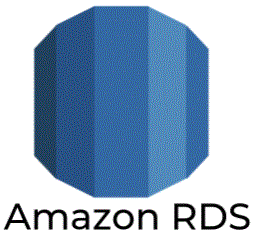1. What is Apache Spark?
Apache Spark is an open source cluster computing fast and flexible data processing framework. It has an advanced execution engine supporting cyclic data flow with in-memory computing functionalities. Apache Spark can run on Hadoop, as a standalone system or on the cloud. Spark is capable of accessing diverse data sources including HDFS, HBase, Cassandra among others.
2. Explain the key features of Spark
Spark allows Integration with Hadoop and files included in HDFS.
It has an independent language (Scala) interpreter and hence comes with an interactive language shell.
It consists of RDD’s (Resilient Distributed Datasets), that can be cached across computing nodes in a cluster.
It supports multiple analytic tools that are used for interactive query analysis, real-time analysis and graph processing. Additionally, some of the salient features of Spark include:
Lighting fast processing: When it comes to Big Data processing, speed always matters, and Spark runs Hadoop clusters way faster than others. Spark makes this possible by reducing the number of read/write operations to the disc. It stores this intermediate processing data in memory.
Support for sophisticated analytics: In addition to simple ‘map’ and ‘reduce’ operations, Spark supports SQL queries, streaming data, and complex analytics such as machine learning and graph algorithms. This allows users to combine all these capabilities in a single workflow.
Real-time stream processing: Spark can handle real-time streaming. MapReduce primarily handles and processes previously stored data even though there are other frameworks to obtain real-time streaming. Spark does this in the best way possible.
3. What is ‘RDD’?
RDD stands for Resilient Distribution Datasets: RDD is a fundamental data structure of Spark. It is an immutable distributed collection of objects. It is a collection of fault-tolerant operational elements that run in parallel. The partitioned data in RDD is immutable and is distributed in nature. Each dataset in RDD is divided into logical partitions, which may be computed on different nodes of the cluster.
4. How does one create RDDs in Spark?
In Spark, parallelized collections are created by calling the SparkContext ‘parallelize’ method on an existing collection in your driver program.
val data = Array(4,6,7,8)
val distData = sc.parallelize(data)
Text file RDDs can be created using SparkContext’s ‘textFile’ method. Spark has the ability to create distributed datasets from any storage source supported by Hadoop, including your local file system, HDFS, Cassandra, HBase, Amazon S3, among others. Spark supports text files, ‘SequenceFiles’, and any other Hadoop ‘InputFormat’ components.
val inputfile = sc.textFile(‘input.txt’)
5. What does the Spark Engine do?
Spark Engine is responsible for scheduling, distributing and monitoring the data application across the cluster.
6. Define ‘Partitions’.
A ‘Partition’ is a smaller and logical division of data, that is similar to the ‘split’ in Map Reduce. Partitioning is the process that helps derive logical units of data in order to speed up data processing.
Here’s an example: val someRDD = sc.parallelize( 1 to 100, 4)
Here an RDD of 100 elements is created in four partitions, which then distributes a dummy map task before collecting the elements back to the driver program.
7. What operations does the ‘RDD’ support?
Transformations
Actions










